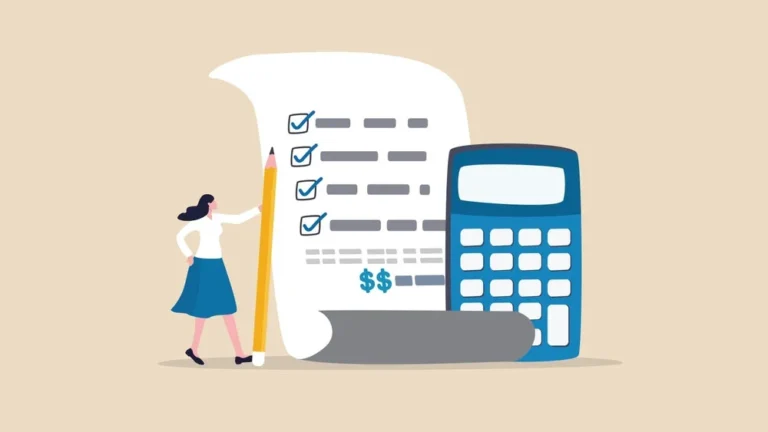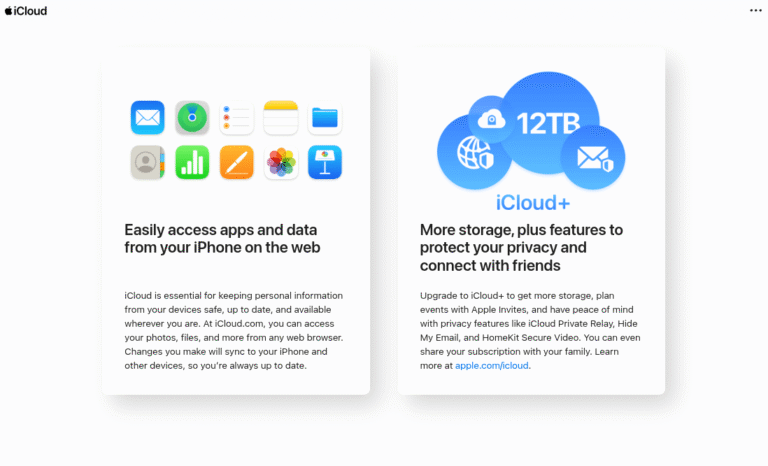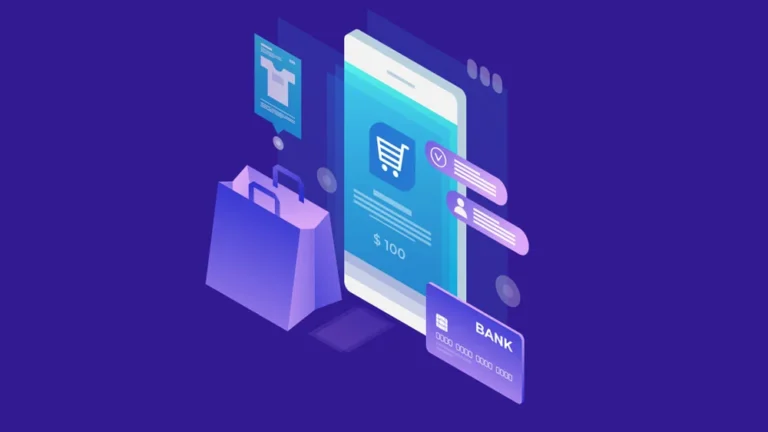Apache Kafka is a popular open-source event streaming platform. Nearly 80% of Fortune 100 companies use it. Kafka is helpful whether you’re a newbie or have experience with it. It’s easy to customize Kafka to collect, process, store, and integrate data on a large scale for your business.
There are many examples of how Apache Kafka can be used. You can do distributed streaming, stream processing, data integration, and pub/sub messaging. Here’s how to start with Apache Kafka.
Understand What an Event Is
Contents
- 1 Understand What an Event Is
- 2 Kafka Models Events As Key/Value Pairs
- 3 Create Topics to Organize Events
- 4 Partition Topics for Unlimited Scalability
- 5 How to Use Kafka Producers
- 6 How to Use Kafka Consumers
- 7 Integrate Your Data Into Kafka
- 8 Use Kafka as A Modern Message Broker
- 9 Perform Real-Time Event Stream Processing
- 10 Centralize Log Data in a Single System
- 11 Use Kafka to Monitor Operational Data
- 12 Use Kafka Connect to Grab More Data
- 13 Keep Studying Apache Kafka Online
An event is any action that’s identified or recorded by software. It could be a payment, a website click, or a measurement reading. An event is a combination of a state and a notification, with the notification often acting as a trigger for other activity.
Kafka Models Events As Key/Value Pairs
Kafka models events as key/value pairs. Keys and values are sequences of bytes internally and externally, often structured objects in your chosen programming language. Values are typically serialized representations of an application domain object or raw message input. Keys can be complex domain objects but are often early, such as strings or integers.
Create Topics to Organize Events
Events proliferate. Topics are the system by which you organize events. Topics are like tables in a relational database. A topic is a log of events. Moreover, it’s important to understand a few things about topics in Kafka. They are append-only. They can only be read by seeking an arbitrary offset in the log and scanning sequential log entries. Events in the log are also immutable – you can’t make it happen again after something happens.
Partition Topics for Unlimited Scalability
Manage your topics on multiple machines. Distribute them across multiple servers to ensure no topic becomes too large or maxes out on its reads and writes. Additionally, this is done by partitioning topics. With this, you take a single log, break it into several logs, and assign them to live on separate nodes in the Kafka cluster.
How to Use Kafka Producers
Kafka producers connect to a cluster. The class known as KafkaProducer gives you a map of configuration parameters, including the broker address, security configuration, and other settings. Producers allow you to create messages. Also, the underlying library can manage connection pools, network buffering, waiting for brokers to acknowledge messages, retransmit messages, and other details.
How to Use Kafka Consumers
Use KafkaConsumer to connect to the cluster. Use the connection to subscribe to one or more topics. When messages arrive on these topics, they are gathered in a Consumer Records collection. Like KafkaProducer, KafkaConsumer manages connection pooling and the network protocol. Consumers should be structured to handle scenarios where the message consumption rate from a topic and the computational cost of processing a single message is too high. The result triggers automatic consumer group scaling.
Integrate Your Data Into Kafka
Kafka can connect to almost any other data source in enterprise information systems, modern databases, or the cloud. Also, it can integrate this data with built-in data connectors in a centralized infrastructure.
Use Kafka as A Modern Message Broker
This platform acts as a distributed pub/sub-messaging system. Also, it works exceptionally well as a modern message broker. Even better, Kafka is scalable and flexible enough to perform excellently in this context every time.
Perform Real-Time Event Stream Processing
Kafka’s core competency is performing real-time event streams. With real-time data processing and dataflow programming, your Apache Kafka platform can ingest, store, and process streams of data at the same time they are generated.
Centralize Log Data in a Single System
Modern organizations are set up with distributed systems. Logging data can be culled from various components and centralized in one place. Kafka is often this place, centralizing and interpreting data from nearly any source, regardless of form or volume.
Use Kafka to Monitor Operational Data

Kafka adds a lot of value to monitoring and analyzing metrics. It can aggregate statistics from distributed applications and produce centralized feeds. It can also capture and illustrate real-time metrics.
Use Kafka Connect to Grab More Data
Kafka Connect can communicate with non-Kafka systems. They can grab data from other systems to get them into topics. You can also send data from Kafka topics to other systems. Think of Kafka Connect as an ecosystem of pluggable connectors that make receiving and sending data easier.
Keep Studying Apache Kafka Online
There is so much to learn about the use of Kafka. Feel encouraged to browse tutorials online to get the most out of your Kafka environment.





